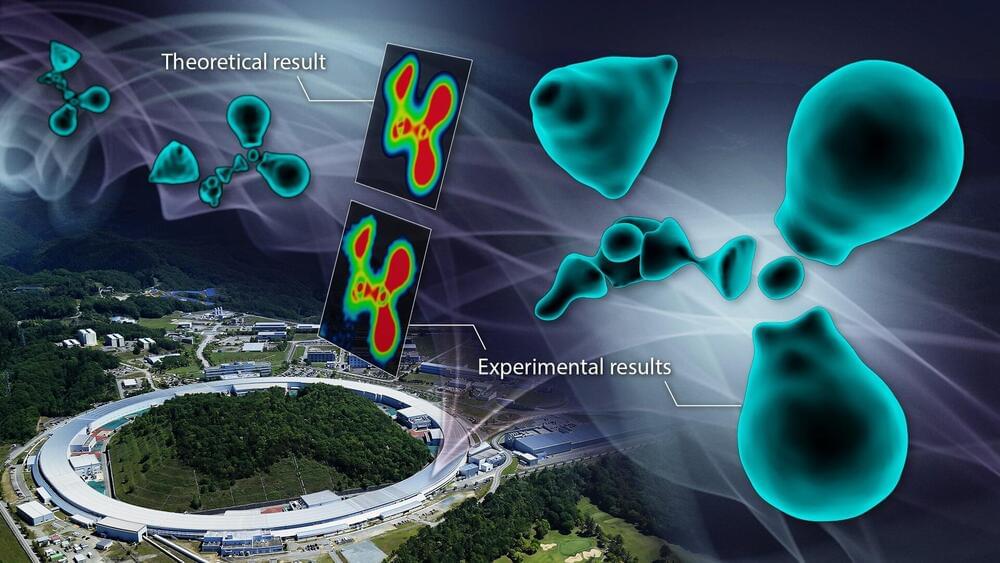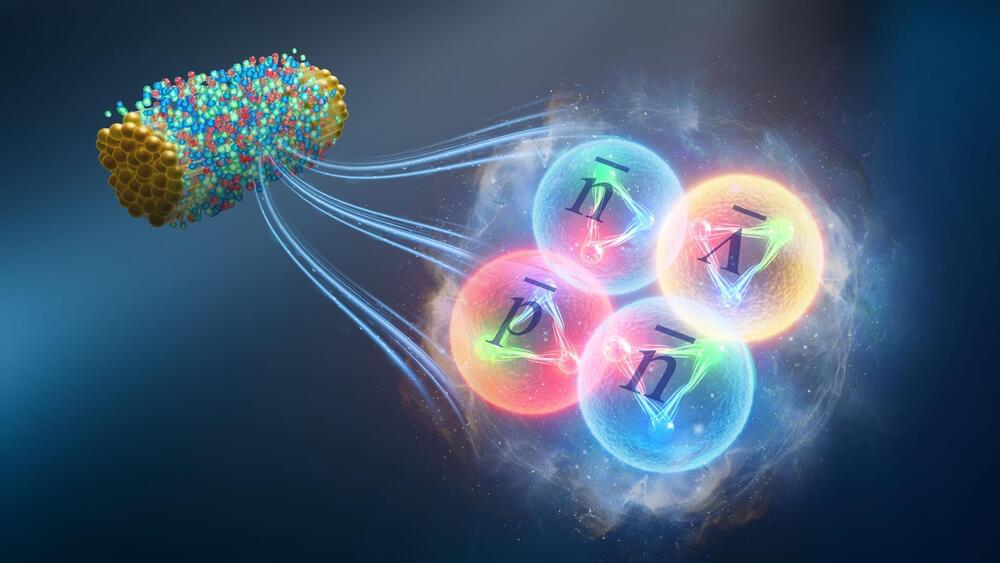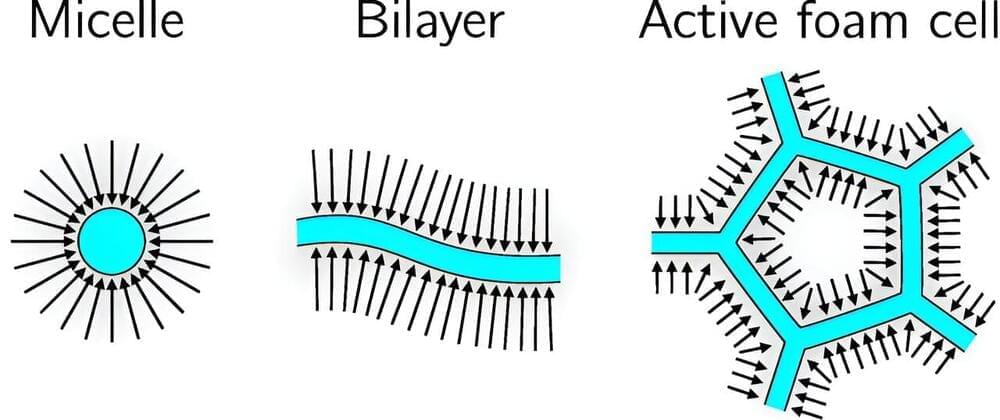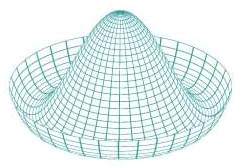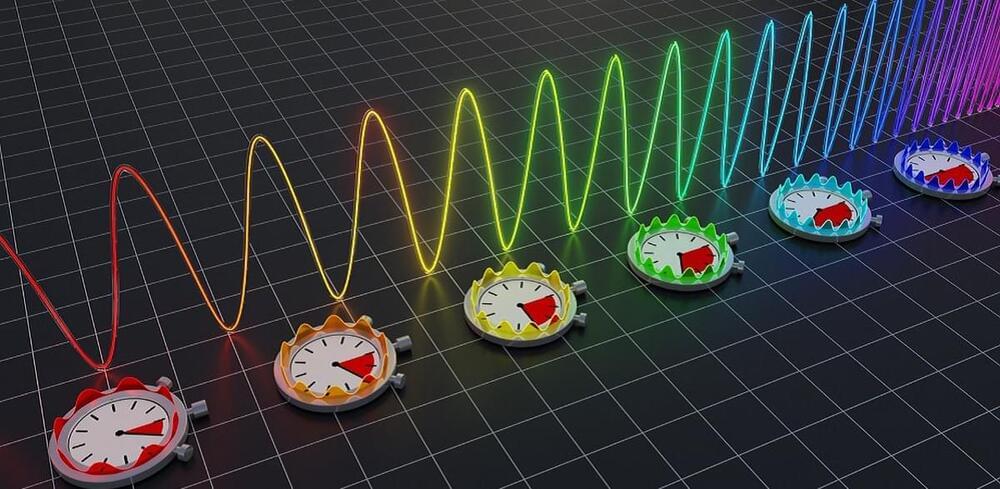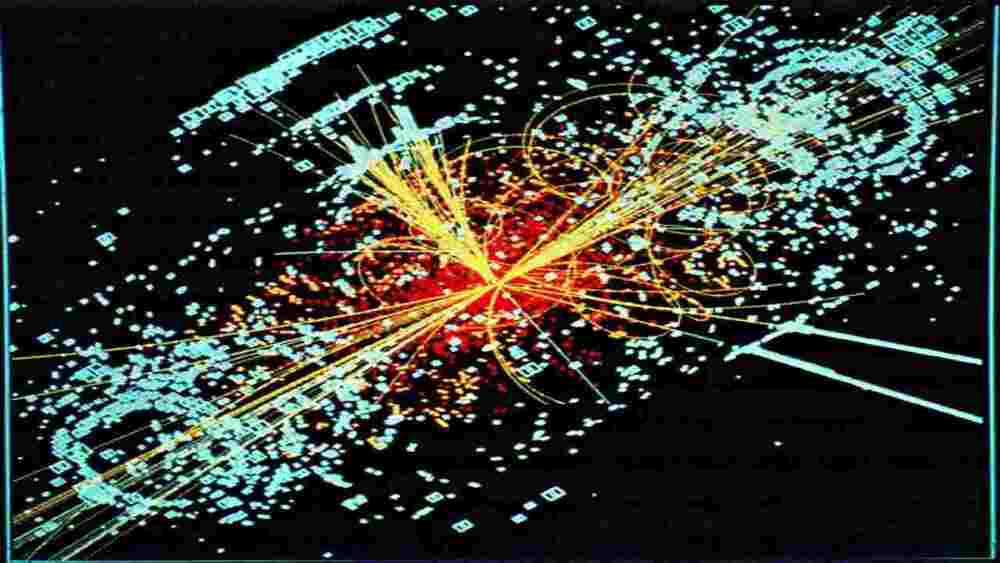Aug 21, 2024
First visualization of valence electrons reveals fundamental nature of chemical bonding
Posted by Saúl Morales Rodriguéz in categories: chemistry, engineering, particle physics
The distribution of outermost shell electrons, known as valence electrons, of organic molecules was experimentally observed for the first time by a team led by Nagoya University in Japan. As the interactions between atoms are governed by the valence electrons, their findings shine light on the fundamental nature of chemical bonds, with implications for pharmacy and chemical engineering. The results were published in the Journal of the American Chemical Society.
